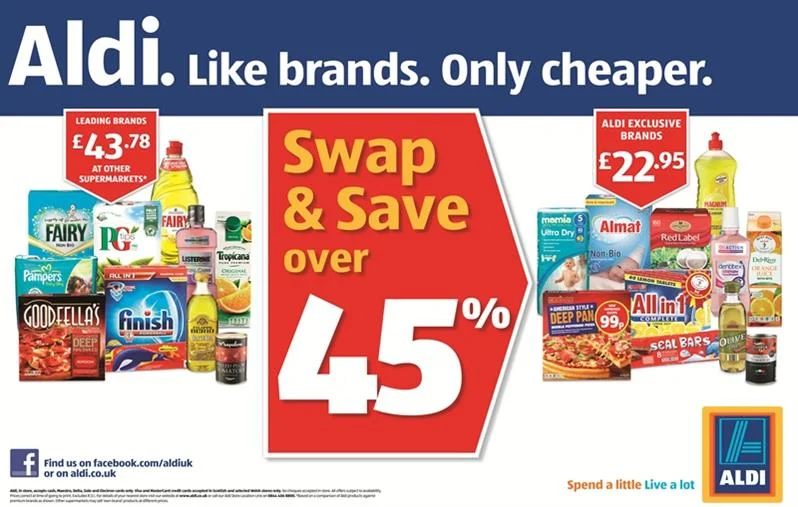Go your own way
Discounters appear to have enjoyed a bumper Christmas this year with record footfall boosting overall performance: B&M saw sales rise 7.2%, while Aldi enjoyed revenue growth of 15%. In some ways, this could be the calm before the storm for the sector, with dark clouds rapidly approaching. While the looming impact of Brexit and threat of rising prices have encouraged some consumers to bring forward their spending, the reality of higher input prices in the longer term has yet to fully bite.
If discounters want to maintain this momentum, they face a challenging conundrum. Historically, any increase in input costs has been managed by suppliers through “shrinkflation”, the process of reducing pack sizes to maintain a low selling price and healthy margin for all parties.
However, this can’t continue forever, especially in the face of price increases of up to 10%. Our research indicates that consumers are aware of these changes and the recent publicity garnered by Mondelez’s re-design of Toblerone highlights the issues this can cause when taken too far.
So how could discounters go about maintaining their value offer in this climate?
A recent Pragmatist highlighted the way American chains reacted by introducing additional price points, a strategy that some of the fixed price retailers are already exploring. Range extensions are an interesting option, though any new category should be considered with caution: conversations with consumers highlight that some are simply not suited to the discount space and retailers should be confident that any new introductions outperform whatever products are removed from the shelves to make space.
Instead, it may be more lucrative to make greater use of private label ranges. This wouldn’t be entirely new: Aldi and Lidl have effectively used cheaper phantom brands to appeal to consumers, while Poundland has won awards for its own label cosmetics range. There is potential to expand this further and for other chains to also introduce these ranges. Not only would these lines support the retailers’ margins, they could also form a core pillar of their value offering in the face of significant price increases and pack changes on major branded product.
This would be a significant change to the model discounters operate on, transitioning away from trading goods and developing more long-term relationships with manufacturers. However, the sector has always been based around adapting its offer to meet consumer needs and this may be the next step in its evolution.
Asher Cohen

